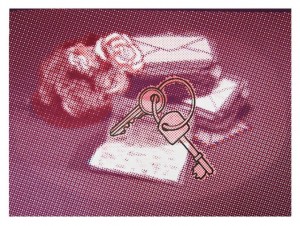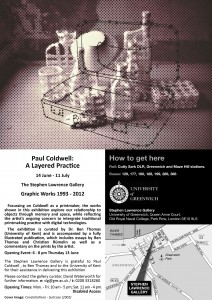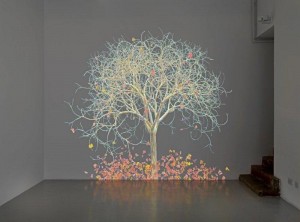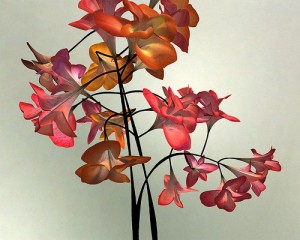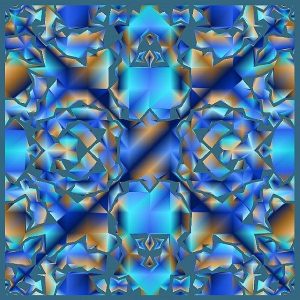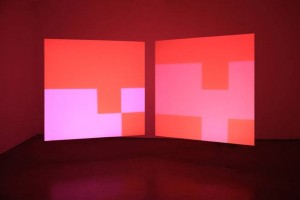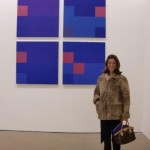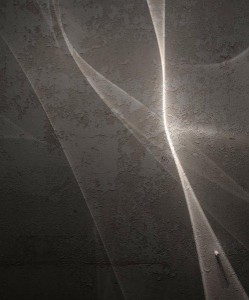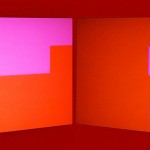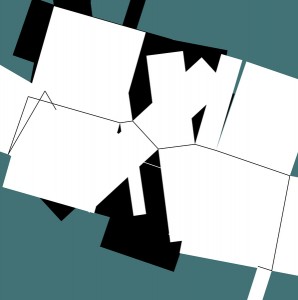Have you ever heard of Glitch Art? Neither had I until Glitch Moment/ums the current exhibition at Furtherfield, which introduces this fascinating and varied aesthetic inspired by faults and malfunctions – the frustrating by-product of technology gone
awry.
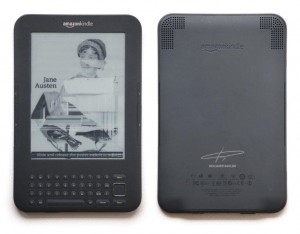
Benjamin Gaulon, our featured BCS artist this month, has a unique way of considering current information and communication technologies and teasing art from it. Learn more about Glitch Art and this artist here.

